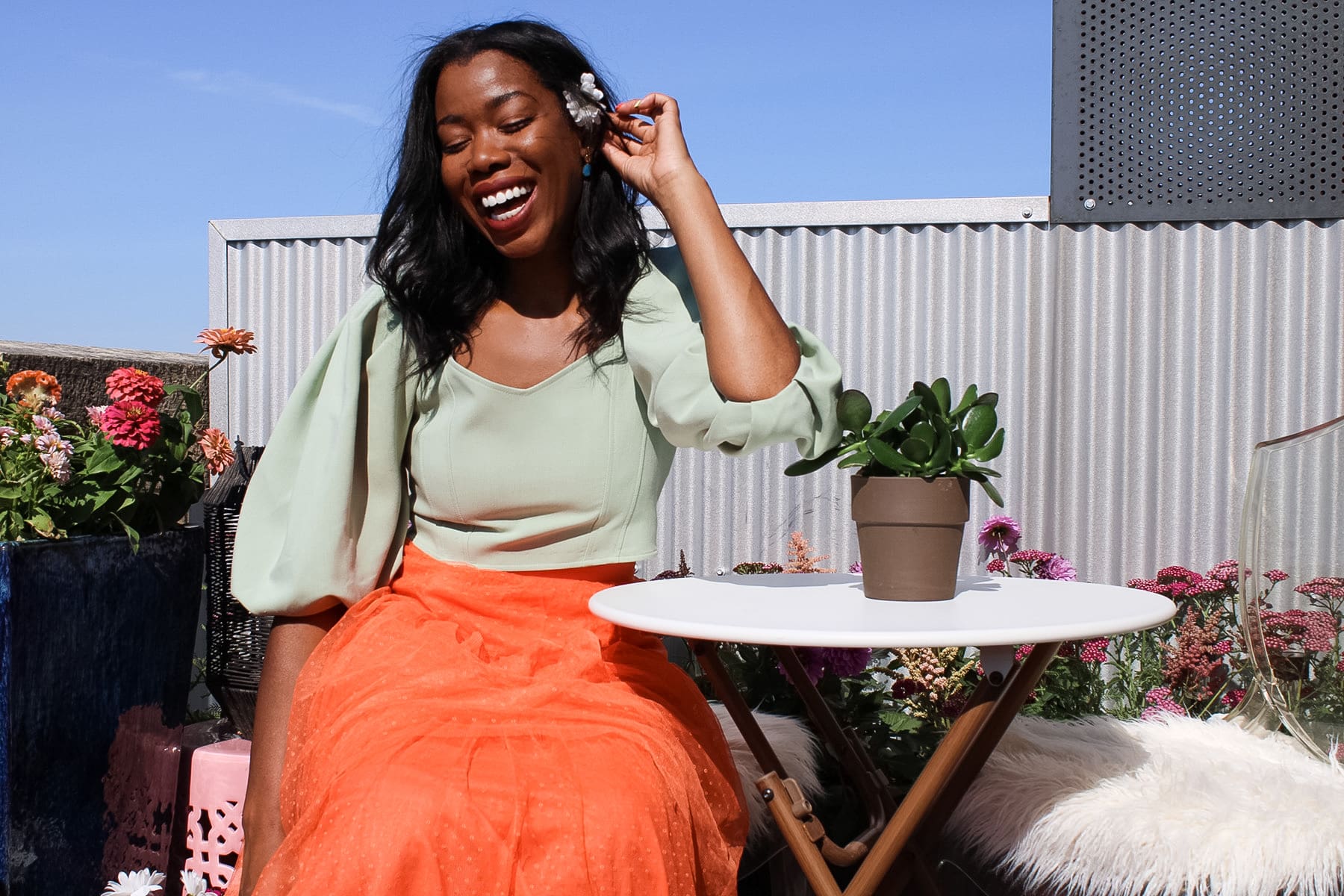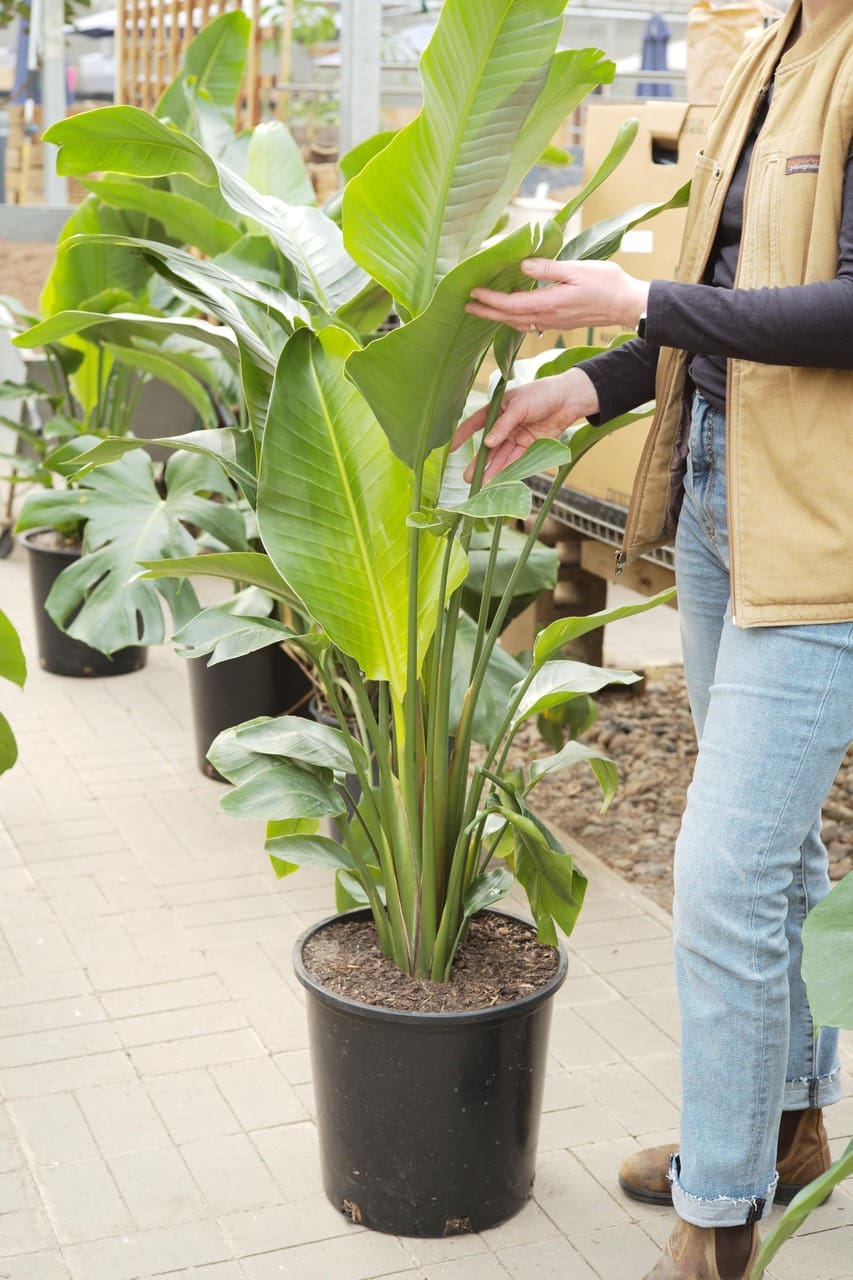The plant parenting manifesto is simple: Thrive wherever you are planted. Whether you are cultivating one or 101, the commitment required to keep houseplants alive is unifying, with room for all on the journey. My first question for new or curious plant parents is this: How would you describe yourself? Because one-size-fits-all does not apply. Here’s your guide to the perfect plant for your personality type.
The Charmer
Plant: Golden Pothos
Determined to grow in any location you’re placed in, your welcoming, easygoing nature is your recognizable charm. Like you, pothos know how to work any room. Although it thrives in bright indirect light, this plant is patient enough to tolerate low-light situations as well. Plus pothos will tell you what it needs. When it’s thirsty, for example, you’ll observe drooping. Around every 12 months, it will be ready for repotting once the roots outgrow their current home.
Having a hard time determining the lighting in a given space? Try this simple test. Using a piece of paper, place your hand between the light source and the paper about a foot away from the paper. If your shadow is crisp and clear, you have bright light. If it’s blurry, you have medium light. If your hand’s shadow is faint or undetectable, you have low light.
The Attention Lover
Plant: Fiddle-Leaf Fig
You’re on this earth to make your presence known and to leave a lasting impression. In fact, this is the very quality those around you admire most. If you’re nodding, the fiddle-leaf fig (Ficus lyrate) is your fraternal flora. The healthy balance between drama and refinement makes this It plant the go-to for designers and homeowners alike.
You’ll want to give your fiddle-leaf fig appropriate attention to keep it at its best. To thrive, it needs room to shine with adequate light. Otherwise you may observe it drop lower as a sign it doesn’t have enough energy to sustain itself. Some call the fiddle-leaf fig high-maintenance, but if you take the time to understand its needs, this illustrious individual will reach its peak potential.
The Tastemaker
Plant: Philodendron birkin
A designer definer, you have the eye to curate a personal collection that transcends any fad or season. When it comes to plants, there is only one that fits the bill: the philodendron birkin. (Who needs to wait on the Hermès variety, when a standout birkin can be yours today?) While they are only offered in green with subtle variegation, you will be no less envied for having one of these in your ever-evolving rotation.
Much like a designer bag, you can depend on your birkin to retain its value, or in this case, its size as it is a slow grower that can remain in the same pot for several growing seasons. To keep your birkin looking as healthy as the day it arrived, provide bright indirect lighting. And remember: Proper growing conditions never go out of style.
The Queen of Everything
Plant: Bird of Paradise
Dignified and dazzling, you were destined for royalty in your own right. Familiar to regal genealogy, the bird of paradise was named after Queen Charlotte, Duchess of Mecklenburg-Strelitz. Embrace the regalia of bird of paradise plant ownership with bright indirect light.
In this royal family appearances matter, so you’ll want to keep the leaves clean to absorb optimum light. This will also help prevent pests. In the right climate, the bird of paradise can produce exotically colorful flowers with the likeness of tropical birds, hence the name. Like the majestic bird of paradise, you also come alive in the right environment — which makes you exquisitely you.
The Caregiver
Plant: Monstera Deliciosa
You live your life looking out for others while also understanding the importance of helping yourself grow. During a plant propagation class with Hilton Carter, he explained that monstera deliciosa produces split leaves in its natural habitat to best allow for sunlight and water to reach both its roots and the plants growing below it.
For ultimate self-care and splitting potential, your monstera requires medium to bright indirect light. The farther away from light sources, the less leaf fenestration (splitting) you’ll be able to produce, so always seek out those moments of sunshine.








